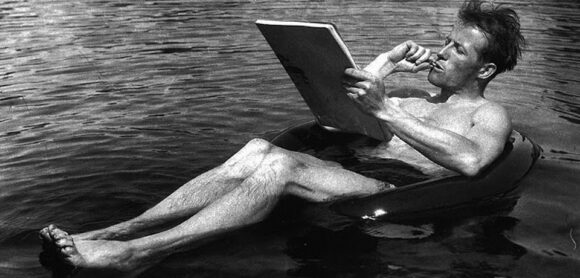
Granting by the FNRS of the co-directed research project (UCL&ULB 2022-2026): A relentless researcher driven by a fierce independence: Pierre Jeanneret, the architect and the builder.

hortence is the research centre for Architectural History, Theory and Criticism of the Faculty of Architecture La Cambre-Horta of the Université libre de Bruxelles

Cousin and partner of Le Corbusier between the wars, then independent architect in the 1940s, and finally, from 1951, key figure in the planning and construction of the new city of Chandigarh in India, the architect Pierre Jeanneret (1896-1967) was a multi-faceted projector. His built work is remarkable both for the coherence of his approach and for the intelligence of the materialization strategies deployed. It is of exceptional size, supported by an unfailing social commitment on every scale, from furniture to the city.
Like Pierre Jeanneret’s theoretical contributions, his work as a whole is undoubtedly a major testament to the upheavals taking place in the discipline of architecture in the 20th century. Despite its importance, Pierre Jeanneret’s work has nevertheless been the subject of a difficult, even controversial reception: today it remains largely unexplored, erased – not to say crushed – by the worldwide fame of Le Corbusier and the gradual construction of the “Corbusian myth”.
Through the architectural and material study of his work over the long term, and with the scientific tools of the architect-historian, the research aims to produce a new and original knowledge of Pierre Jeanneret’s production, and thus fill in one of the important gaps in the history of architecture and construction in the 20th century. This research project is thus part of the current context of research in architectural history that goes beyond the canonical history of the major figures, always repeated, of modern architecture. Without any hagiographic temptation, the aim is to retrace the career of this “tireless researcher driven by a fierce independence”, as Jean Prouvé said, and to shed new light on him, which is both necessary and urgent.